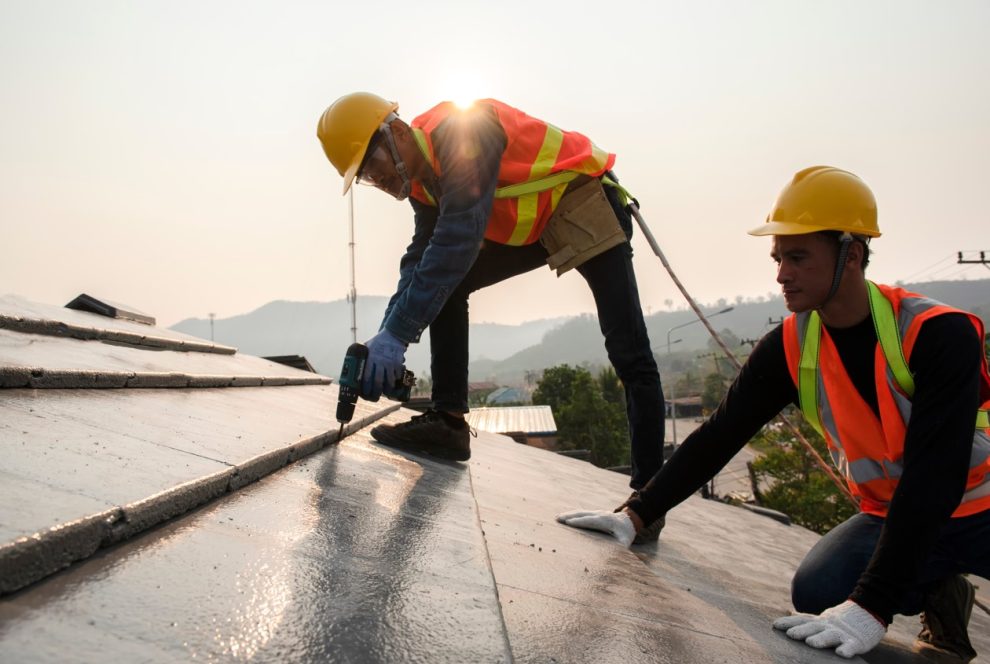When thinking about the protection from the elements your roof offers, you might wonder if the shingles are doing the best job and what the 4 layers of roof do to keep your home in tact. After all, that is what you can see. The truth is, a roof is a system made up of several layers of different materials that are all necessary to make your home weatherproof. Here is what you need to know about the 4 most important layers of a roof system that will keep your home dry when installed properly by a licensed roofing contractor.
Sheathing
Once the roof framing (rafters and collar ties) are in place, the sheathing or decking is securely attached to the rafters. The sheathing is most often plywood or oriented strand board (OSB). The sheathing offers stability to the roof framing and a solid base for the attachment of the subsequent weatherproofing layers.
Underlayment
Underlayment is the first layer of material that provides a barrier from the infiltration of moisture, such as rain, snow, and ice. This is a thin waterproof membrane with sealed seams. The underlayment can be roofing felt, tar paper, or a synthetic material. This layer is mandatory for a well-sealed roof.
Ice Shield and Flashing
An ice shield is an additional membrane layer that is designed to protect the roof where water and ice tend to accumulate and cause damage in the form of leaks. Ice shields and flashing are applied at eaves and valleys. They are also installed around roof penetrations, such as chimneys, plumbing vents, and skylights. Ice shields and flashing can be self-adhering membranes, sheet metal, or a combination of both. A knowledgeable roofing contractor, such as Roof Cat, will be sure to recommend and install this very important layer, even if local codes don’t require it.
Roofing
The final layer in the system is the roof itself. While this offers the top protective layer, it is also an aesthetic element. The roofing is typically asphalt shingles. Other options are wood shakes, slate tiles, standing seam metal, clay tiles, or composition shingles and tiles. The roofing is the first line of defense against wind, snow, rain, hail, ice, and air-borne pollutants.
When it is time to place a roof on a new home or to replace a deteriorated roof on your existing home, it is imperative that you choose a licensed and certified contractor. Such professionals will inspect the conditions and offer the best solution that includes all 4 layers of sheathing, underlayment, ice shield and flashing, and roofing. This complete system will offer the best protection from water infiltration.












Add Comment